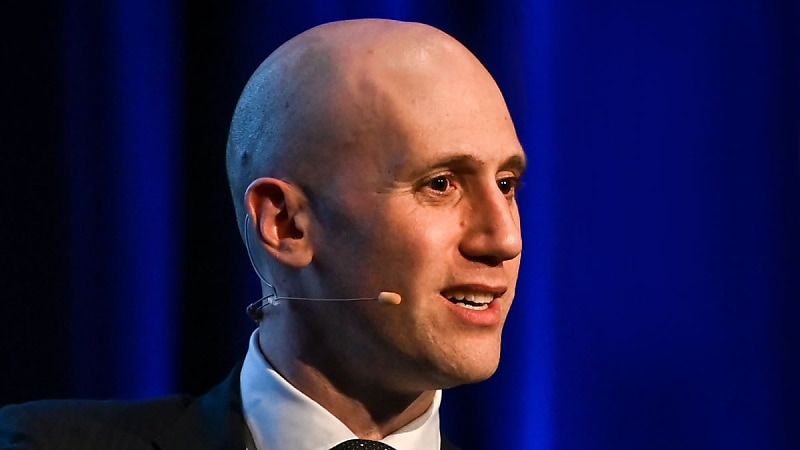Private lending and NALI possible if evidence is documented
It can be difficult but not impossible to prove dealings are consistent with arm’s length terms, as a recent court ruling has illustrated, says a superannuation legal specialist.
Bryce Figot, special counsel for DBA Lawyers, said in a recent webinar that the decision in BPFN and Commissioner of Taxation (Taxation) [2023] AATA 2330 shows the importance of “good, contemporaneous evidence” in particular resolutions, loan agreements and mortgage documents.
The AAT decision in this case struck a blow to the ATO’s strict approach to NALI and took a more general commercial approach as well as showing that stringent, detailed and precise documentation is an asset to an SMSF, said Figot.
Figot said in the BPFN case the facts included that the SMSF owned 100 per cent of a unit trust, which lent money to a related entity (ABC). That entity then on-lent to a related entity (DEF), which subsequently on-lent to independent third parties.
“Mr J was the directing mind of SMSF, ABC and DEF,” Figot said.
“The interest rate that the unit trust charged ABC was the same as the interest rate that ABC charged DEF, which was the same as the interest rate that DEF charged on its loans to the independent third parties.”
He continued that the facts showed that DEF appeared to have secured its loans to the independent third parties with first or second mortgages, however, the unit trust only had a guarantee from Mr J and an unregistered charge.
“The ATO determined distributions from unit trust to the SMSF were NALI,” Figot said.
“The key question revolved around whether the amount of distribution to the SMSF was more than the amount the fund ‘might have been expected to derive if those parties had been dealing with each other at arm’s length’?”
He said the crux of the ATO’s case was that no margin was charged on interest rates between the various lenders.
“The ATO also submitted that ABC’s fees were ‘unsustainably low’ and submitted that by keeping all the interest for itself, and paying ABC what were described as unsustainably low fees, the SMSF thereby ensured that it earned more than it would have if the parties were dealing at arm’s length.”
Figot said that the ATO has the power to amend an assessment and it is then the taxpayer who “has the burden of proving … that the assessment is excessive or otherwise incorrect and what the assessment should have been”.
“That is why having the right evidence is critical,” he said.
“In this case, Mr J gave evidence himself, as did his long-standing accountant and solicitor. Mr J explained to the AAT’s satisfaction that both his reasons and, the reasons of his accountant, for interposing ABC and DEF.”
Figot continued that contemporaneous documents were also important to the AAT, however, the decision does not expressly describe what those documents were.
“Potentially they were loan documents and resolutions,” he said.
“The SMSF also adduced evidence from a finance broker who gave evidence of similar fee structures to the unit trust/ABC/DEF structure, and a solicitor with considerable knowledge and experience with private lending.”
On 10 April 2024, the ATO issued its decision impact statement on BPFN and has not appealed the decision.
The ATO said it “would question whether this decision can be extrapolated to arrangements involving private lending arrangements more broadly”.
It continued that when considering the application of subsections 295-550(1) or (5) to a scheme involving private lending arrangements, it is necessary in each case to consider whether the terms, rates of return and other remuneration of the parties dealing with each other concerning each step of the scheme are consistent with that which arm’s length parties bargaining in their own self-interest would expect.
“The ATO’s comments in its decision impact statement are accurate,” Figot said.
“However, the comments are not what matters most for taxpayers and their advisers. Rather, it is evidence like resolutions, loan agreements, mortgage documents, and also having people who can get up in a witness box and say sensible things and explain transactions.”








